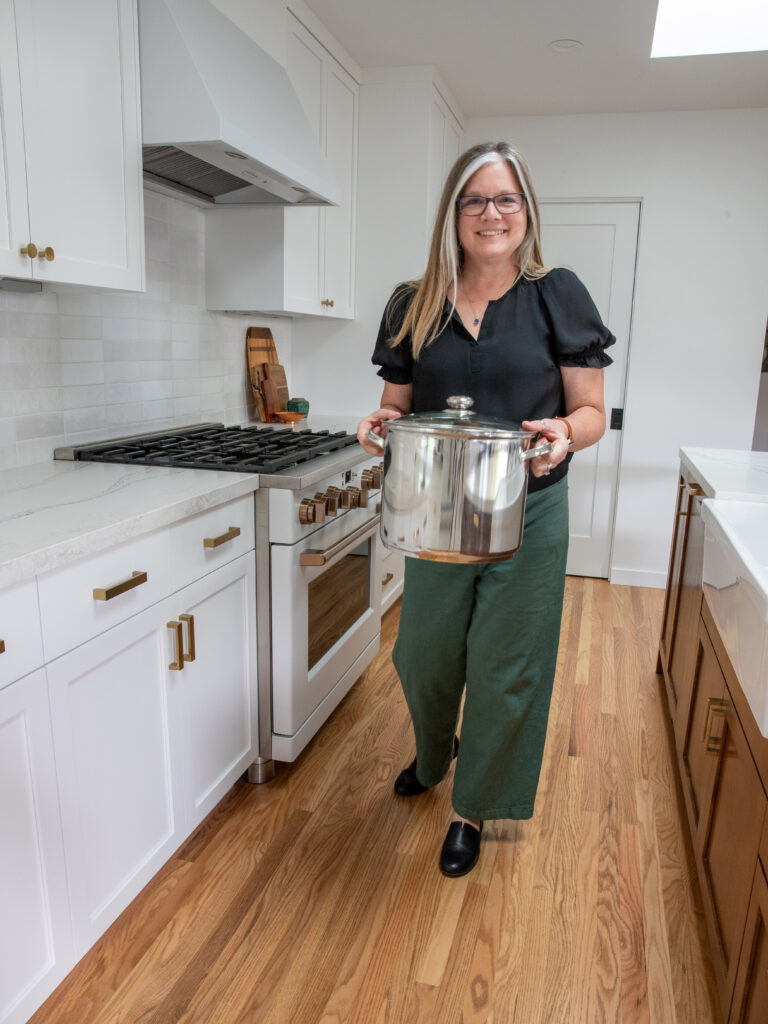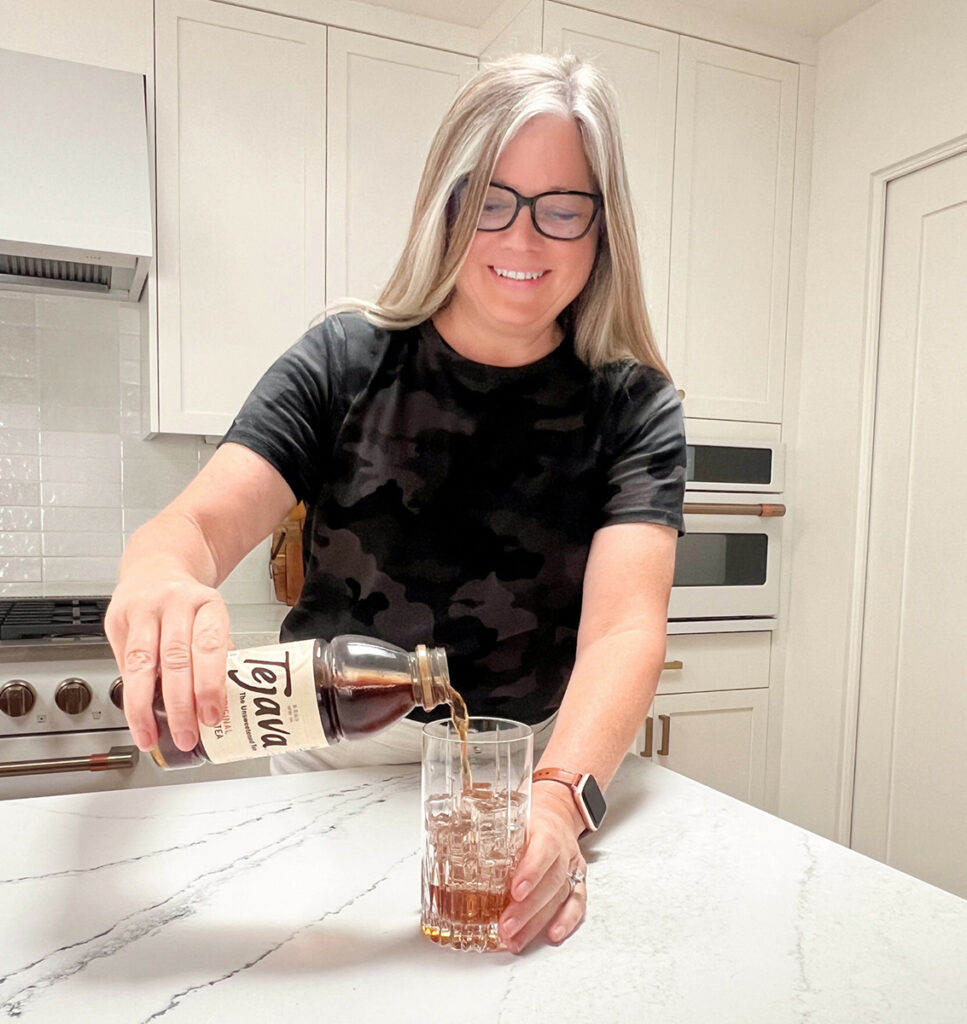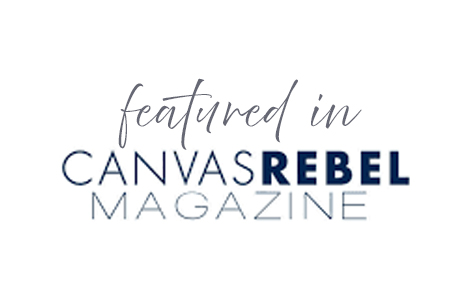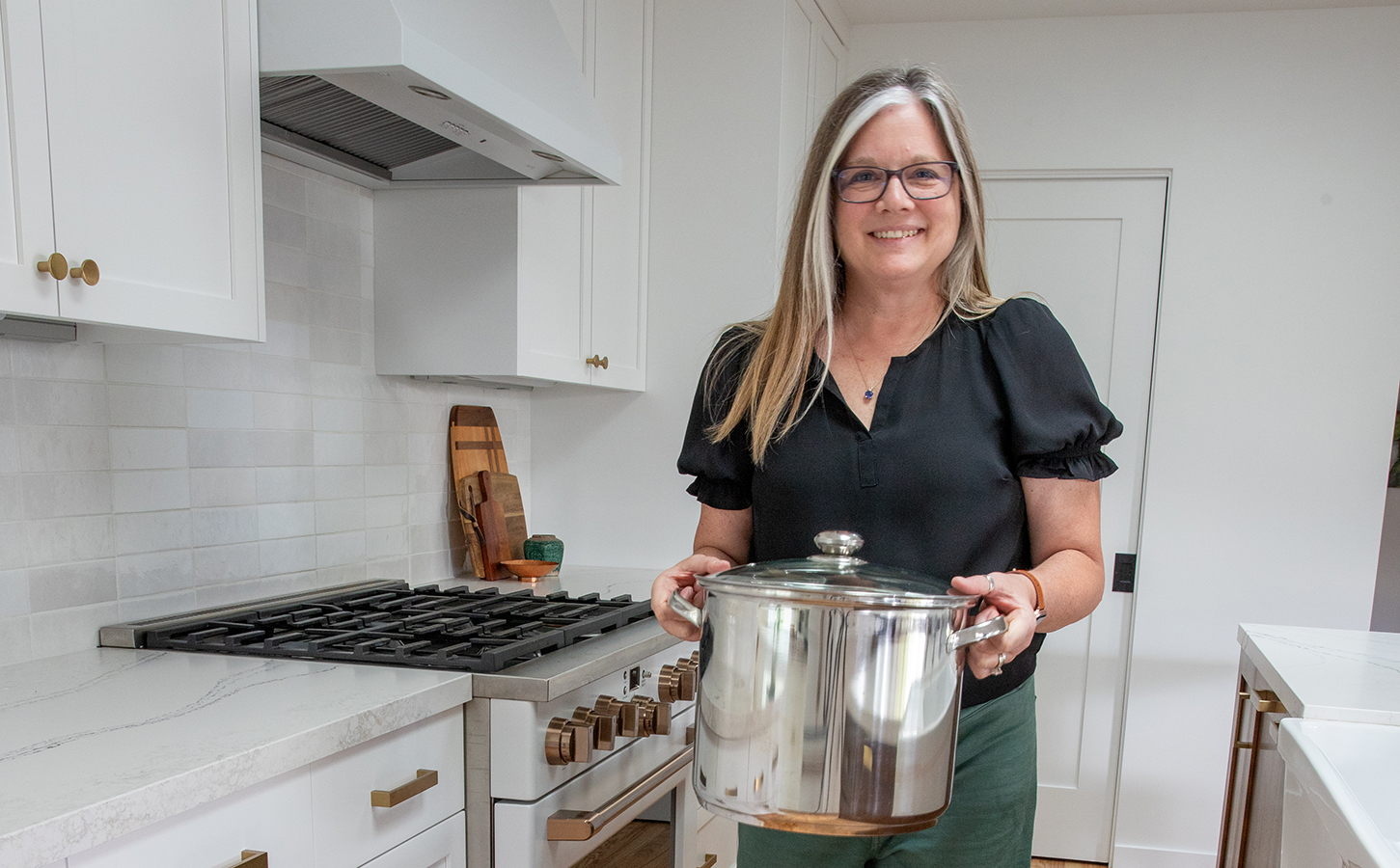Sharing insights, lessons, and behind-the-scenes of professional food photography
I’m excited to share that I was recently featured by Canvas Rebel to talk about my creative journey as a San Diego CPG food and restaurant photographer in their Learning the Craft series. The interview gave me a chance to reflect on the lessons I’ve learned, the challenges I’ve faced, and the insights that shape the way I approach food photography and creative work today.

Food Photography as Storytelling
Being a photographer is about more than just taking pictures. It’s about storytelling, problem-solving, and helping brands connect with their audience. In the feature, I talk about the importance of building authentic relationships with clients, balancing creativity with strategy, and staying curious as a lifelong learner.
Combining Art and Business in Food Photography
One of the key themes of my journey is that food photography is both an art and a business. Whether I’m capturing crave-worthy images for a restaurant menu or developing styled content for a CPG brand, my goal is to make food look as irresistible on screen as it tastes in real life.
How My Background Shapes My Work
In the interview, I shared how my Early career experiences shaped my way of thinking and approach to photography. I also gave insight into how I found the right balance by not niching down too much. All of this boils down to listening to your passion.
Is the Food in Food Photography Fake?
While not included in the article, I wanted to answer the one question I get most often when people find out I’m a food photographer… “Is the food real?” The answer depends on the type of shoot.
When I photograph for restaurants, the food you see is the same food a customer would receive at the table. Truth in advertising matters, and my job is to capture the dish at its most appetizing.
That said, styling sometimes requires a little creativity. Styling real food often means adjusting how it’s presented on the plate. A burger or sandwich might need a little propping so the layers face forward for the camera, or shrimp in a surf and turf burrito might be rearranged so they’re showcased instead of hidden inside. These small tweaks make sure the food looks as good as it tastes. The same goes for packaged products. If I’m shooting cereal, I’ll pick through a box to remove broken pieces so every piece looks perfect.

However, extras on the set play by different rules. For example, if I want to include a glass of white wine in a scene, I might use water with a splash of tea or soy sauce to get the right look on camera. There are also rare cases where fake food makes sense. A classic example is ice cream cones in a hot studio. For advertising the cone itself, I might use a stand-in “ice cream.” But if the product being sold is the ice cream, then yes, the real thing goes in front of my camera. And the ice in this photo… well, it is fake because it lasts way longer on set and the photo is advertising the tea, not the ice.
I’m Honored to be Recognized as a Food Photography Expert

I’m grateful to Canvas Rebel for choosing me for their series on Learning the craft, and shining a light on my work while giving me the chance to share my perspective. If you’d like to read the full feature, you can check it out here: Canvas Rebel Feature on Nancy Ingersoll.
See more of my photography in my portfolio.

leave a comment